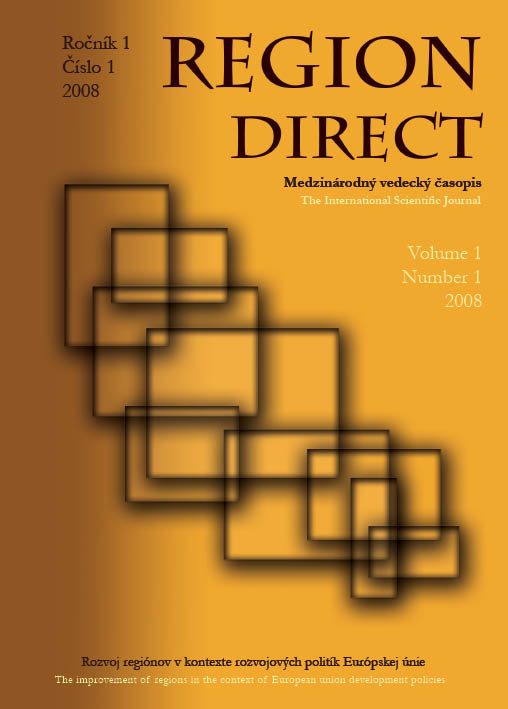Cluster Policy: A Strategy for Boosting Competitiveness and Wasting Money?
Cluster Policy: A Strategy for Boosting Competitiveness and Wasting Money?
Author(s): Gunther MaierSubject(s): Economy
Published by: Regionálne európske informačné centrum Banská Bystrica
Keywords: cluster policy; agglomeration economies; externalities
Summary/Abstract: In this paper we have discussed cluster policy from a theoretical point of view and raised the question, whether with reasonable probability cluster policy can lead to a self-sustained regional growth process. After a brief introduction which sketched some of the cluster policy initiatives in Austria and in the EU, we demonstrate that the concept of clusters is based upon agglomera- tion economies, a set of externalities which make it advantageous for economic activities to agglomerate in space. Cluster policy typically attempts to strengthen these mechanisms. While agglomeration economies are a necessary prerequisite for the existence of clus- ters and for the applicability of cluster policy, they also make cluster policy conceptually difficult and very risky. As we show in this paper, agglomeration economies lead to path de- pendence of the respective growth process. This implies some serious dilemmas for cluster policy makers in terms of where and when to apply the policy. Sectors with agglomeration economies are difficult to identify for various reasons. Most of the time they are identified only indirectly by the identification of clusters when they have already formed in some regions. At this stage of development path dependence has already developed to such a state that it will be difficult and costly to overcome. As far as the timing of cluster policy is concerned, we show with two simple models that timing is crucial for the long term success of the policy and that the policy can be applied too late, but also too early, depending upon the form and parameters of the underlying development process. We conclude from the discussion of this paper that because of agglomeration economies it is extremely difficult to identify the best target and the best timing for the application of cluster policy. Since cluster policy makers typically lack the detailed knowledge of the nonlinear dynamic process that generates clustered locational patterns, it is very likely, we conclude that in most cases funds invested in cluster policy have a negligible effect on the long term distribution of growth and cannot generate a self-sustained regional growth process. In most cases those funds are largely wasted and would probably be better used in alternative policies.
Journal: Region Direct
- Issue Year: 2008
- Issue No: 1
- Page Range: 30-41
- Page Count: 12
- Language: English

